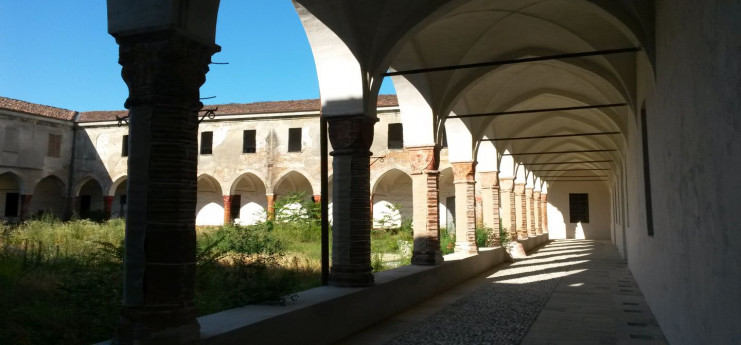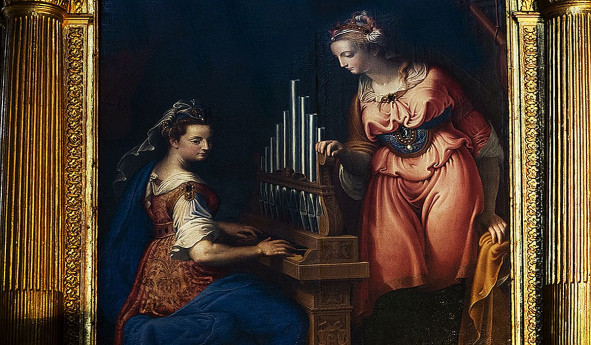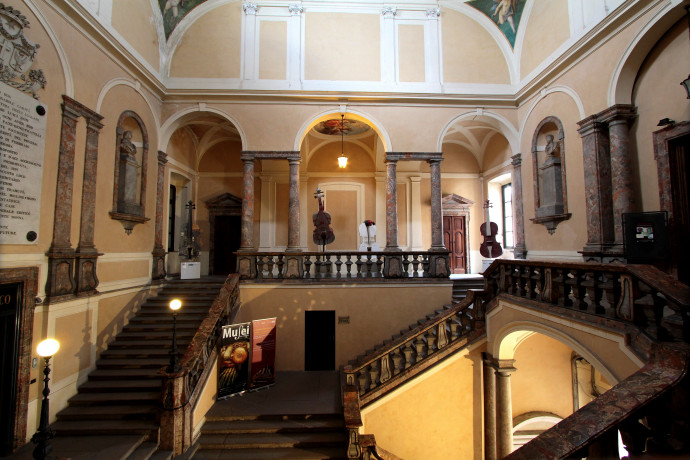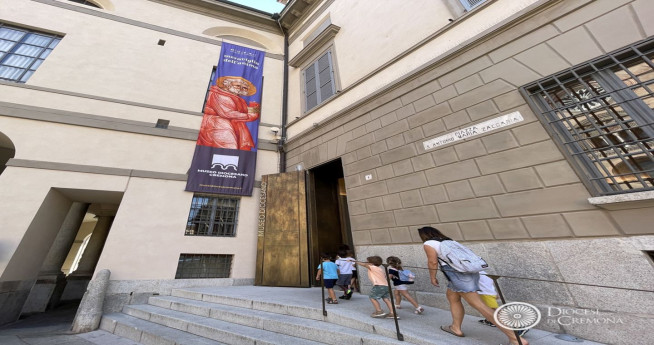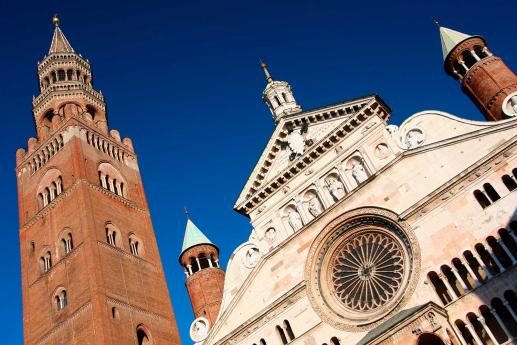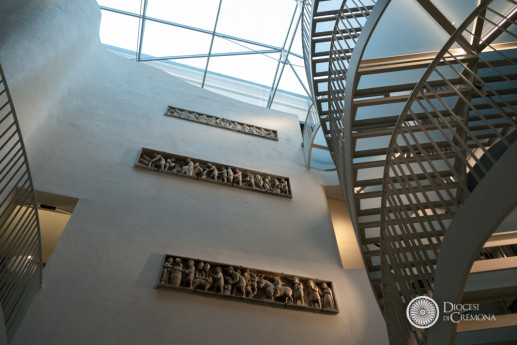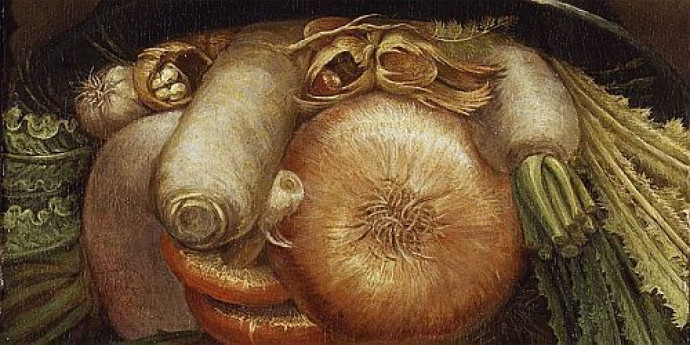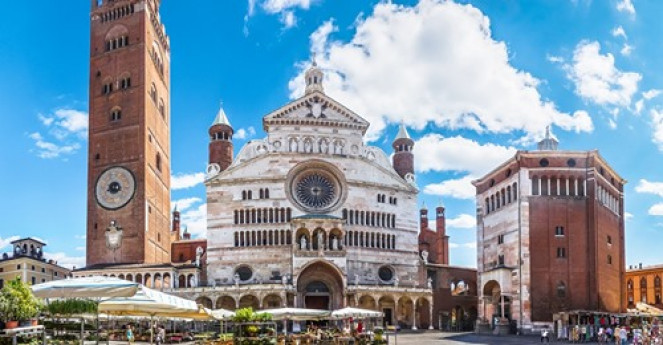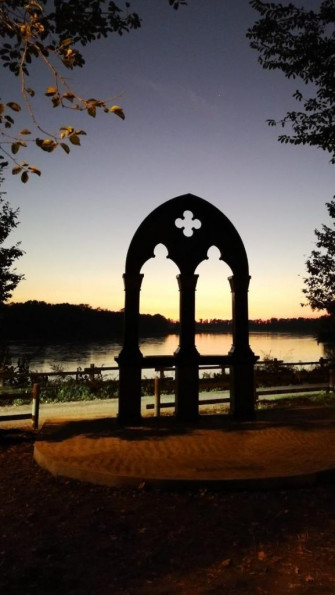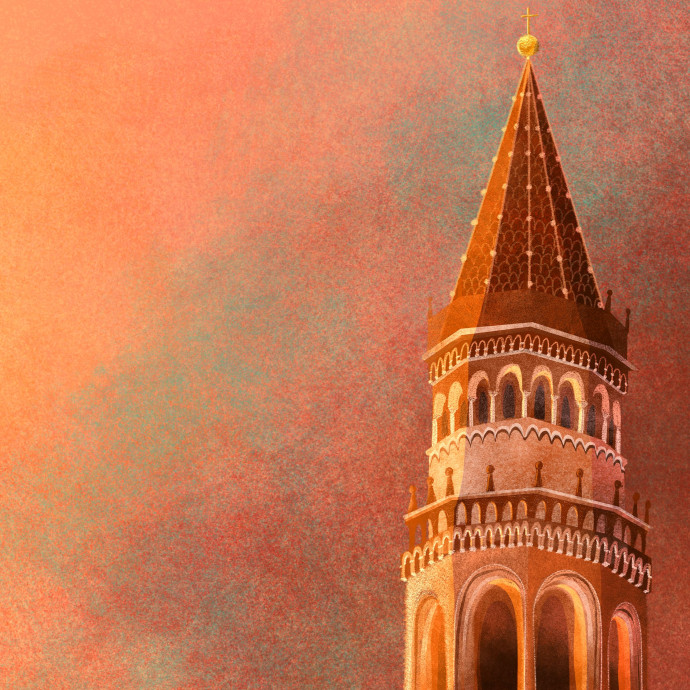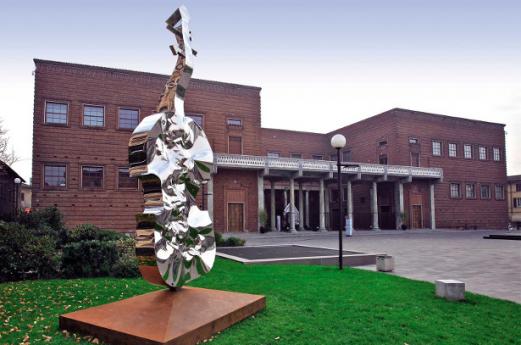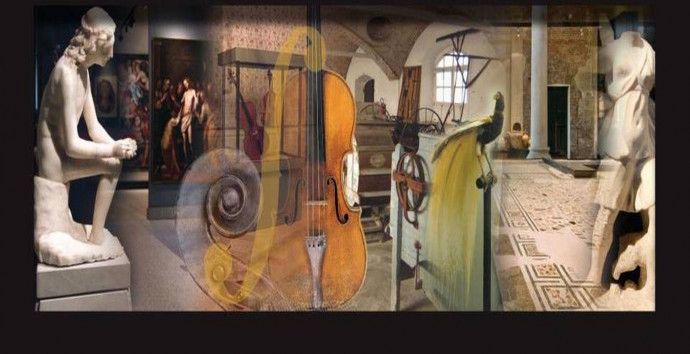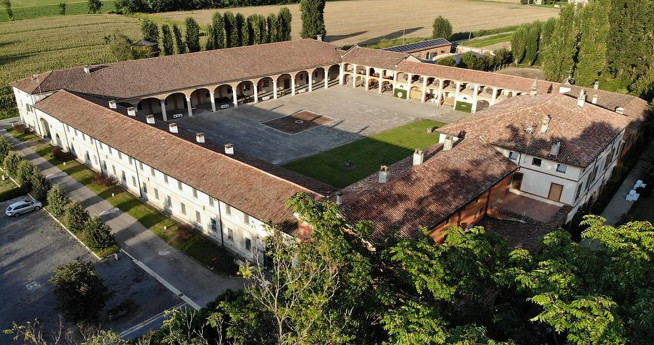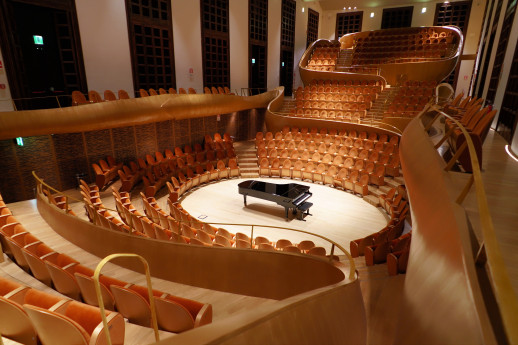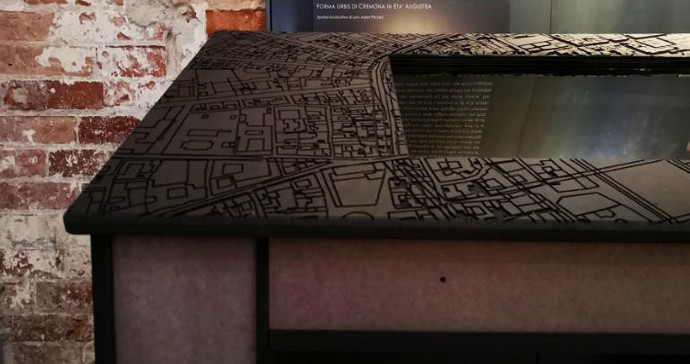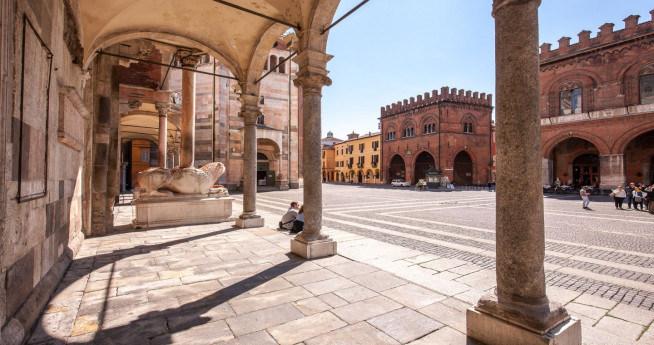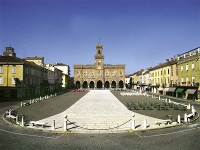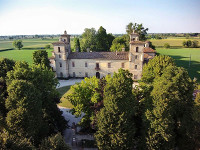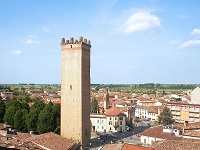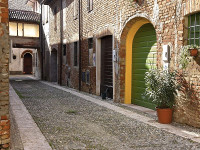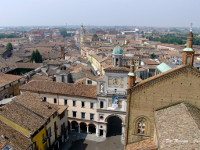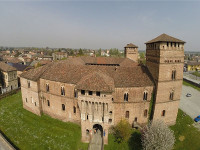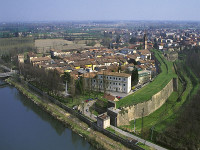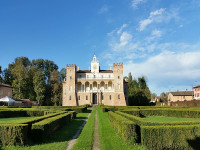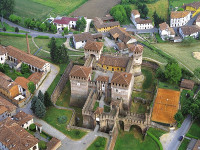- Art & Culture
- Unesco Sites
Siti palafitticoli preistorici delle Alpi
Il complesso dei siti palafitticoli preistorici è formato da ben 111 siti archeologici a ridosso delle Alpi (oggi divisi tra Svizzera, Austria, Francia, Germania, Italia e Slovenia) dove si possono osservare i resti di insediamenti preistorici databili tra il 5.000 e il 500 a.C. che l’Unesco ha riconosciuto Patrimonio dell’Umanità nel 2011.
Diciannove di questi siti archeologici si trovano in Italia, alcuni dei quali in Lombardia, tra le province di Brescia, Varese, Mantova e Cremona.
Si tratta di una serie di villaggi preistorici in alcuni casi eccezionalmente conservati costruiti a ridosso di fiumi, laghi o zone umide. Le palafitte, organizzate in gruppi o veri e propri villaggi, erano capanne sostenute da pali immersi nell’acqua di un fiume, di un lago o di uno stagno. Una tecnica costruttiva che consentiva al tempo stesso di restare vicino alle fonti d’acqua e cibo, oltre che di proteggersi da nemici e animali selvatici.
Lo studio di questi resti, unito a sofisticate indagini e ricerche archeologiche “consentono una comprensione unica del modo in cui queste società hanno interagito con l'ambiente, in risposta alle nuove tecnologie e anche all'impatto del cambiamento climatico”, scrive Unesco. In corrispondenza dei siti palafitticoli, infatti, sono stati recuperati numerosi reperti, spesso in ottimo stato di conservazione: pettini in osso e ambra, aghi e utensili per la tessitura, zappe, aratri, statuette votive oltre che armi e oggetti per la caccia. Materiale che ha permesso di elaborare una dettagliata ricostruzione del mondo delle prime società agricole d’Europa, fornendo una serie di informazioni precise sull’agricoltura, la zootecnia e lo sviluppo della metallurgia per un periodo di oltre quattromila anni durante il Neolitico e l’Età del Bronzo.
